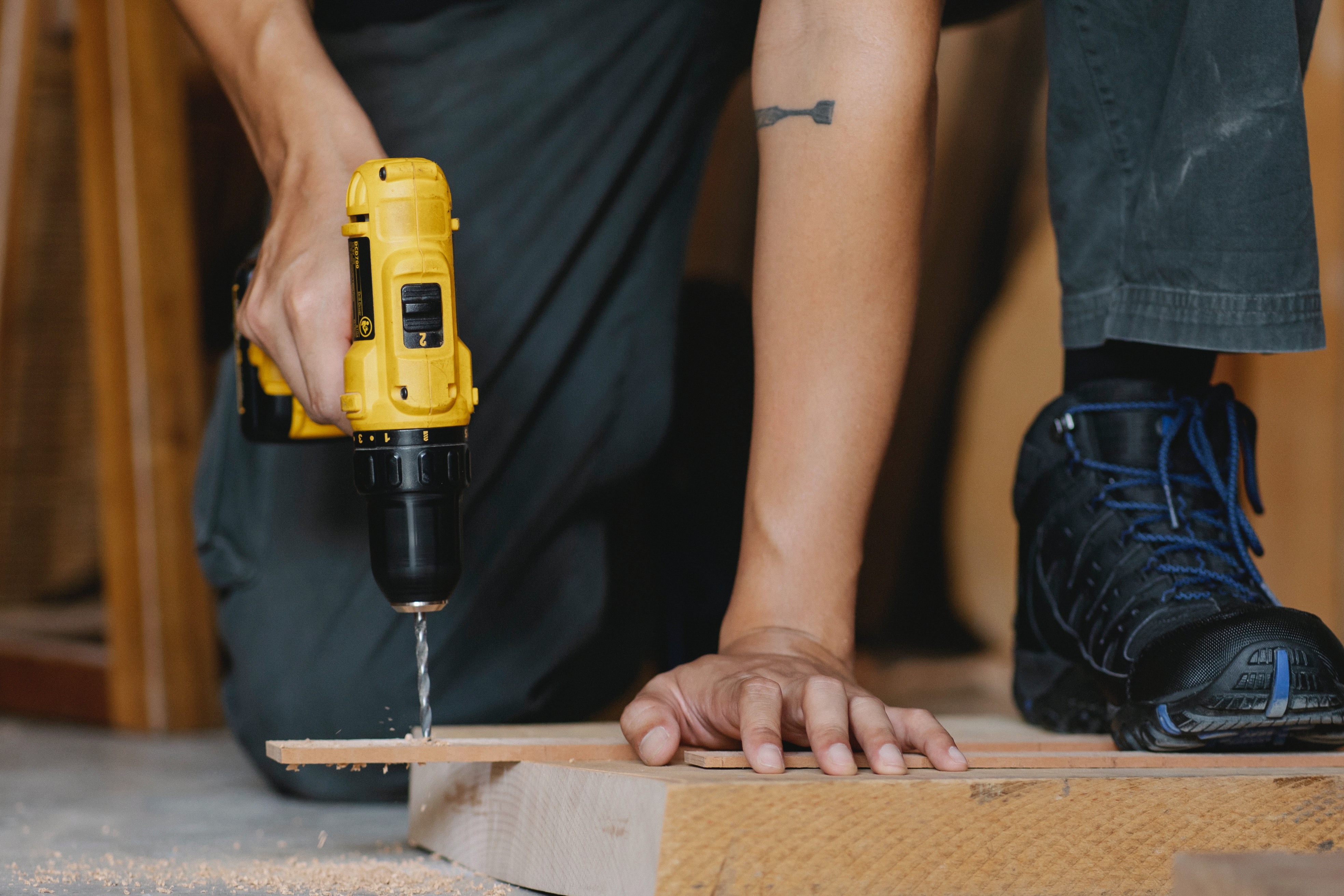
Articles
Empower Your DIY Skills: How to Use a Power Drill with Precision and Confidence

Introduction:
A power drill is a versatile tool that can greatly enhance your DIY projects, from simple repairs to complex woodworking tasks. If you're ready to take your DIY skills to the next level, understanding how to use a power drill is essential. In this step-by-step guide, we'll walk you through the process of using a power drill with precision and confidence, allowing you to tackle a wide range of projects with ease. Get ready to unleash the power of your drill!
Step 1: Familiarize Yourself with the Power Drill
- Take the time to read the manufacturer's instructions and familiarize yourself with the specific features and functions of your power drill.
- Understand the different settings, speed controls, and safety mechanisms.
Step 2: Choose the Right Drill Bit
- Select the appropriate drill bit for the task at hand.
- Consider the material you're drilling into and the size of the hole you need to create.
Step 3: Insert the Drill Bit
- Hold the drill firmly and locate the chuck, which is the part that holds the drill bit.
- Loosen the chuck by turning it counterclockwise and insert the drill bit into the chuck.
- Tighten the chuck by turning it clockwise until the drill bit is securely held in place.
Step 4: Adjust the Speed and Clutch Settings
- Depending on your power drill model, adjust the speed settings to match the requirements of your project.
- If available, set the clutch to the appropriate torque level to prevent overdriving or stripping screws.
Step 5: Practice Proper Grip and Stance
- Hold the power drill with a firm grip, placing your dominant hand on the handle and your other hand on the auxiliary handle (if applicable).
- Stand with a stable stance, positioning yourself to have control and balance throughout the drilling process.
Step 6: Position the Drill
- Position the drill at a 90-degree angle to the surface you're drilling into.
- Apply gentle pressure to ensure the drill bit makes solid contact with the material.
Step 7: Start Drilling
- Squeeze the trigger gradually to start the drill in a controlled manner.
- Maintain a steady pressure as the drill bit penetrates the material.
Step 8: Control Depth and Speed
- Control the depth of the hole by adjusting the pressure and speed of the drill.
- Take breaks periodically to clear away debris and prevent overheating.
Step 9: Use Proper Safety Measures
- Wear safety goggles to protect your eyes from flying debris.
- If drilling into walls or ceilings, be aware of electrical wires or plumbing pipes to avoid damage or injury.
Step 10: Finish and Clean Up
- Release the trigger to stop the drill once you've reached the desired depth or completed the task.
- Remove the drill bit from the material and clean up any debris.
Conclusion:
Congratulations on mastering the art of using a power drill! We hope this step-by-step guide has provided you with the skills and confidence to tackle your DIY projects with precision and efficiency. But why stop here? Imagine if your entire team had easy access to comprehensive SOPs (Standard Operating Procedures) for all the everyday tasks they encounter. That's where Trainual comes in.
Trainual is a powerful SOP documentation platform designed to streamline your team's operations, enhance productivity, and ensure consistency across your organization. By centralizing your company's knowledge and processes in one accessible location, Trainual empowers your team to work efficiently and effectively.
Take the next step and explore Trainual's features today. Say goodbye to scattered information and hello to a well-documented, easy-to-access resource hub. With Trainual, you can effortlessly create, update, and share SOPs, ensuring everyone is on the same page and tasks are performed seamlessly.
Start simplifying your team's workflows and revolutionize the way you work. Visit Trainual.com to discover how Trainual can transform your organization.
Similar Blog Posts







